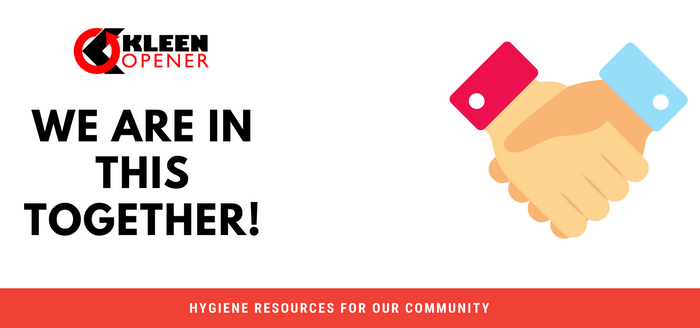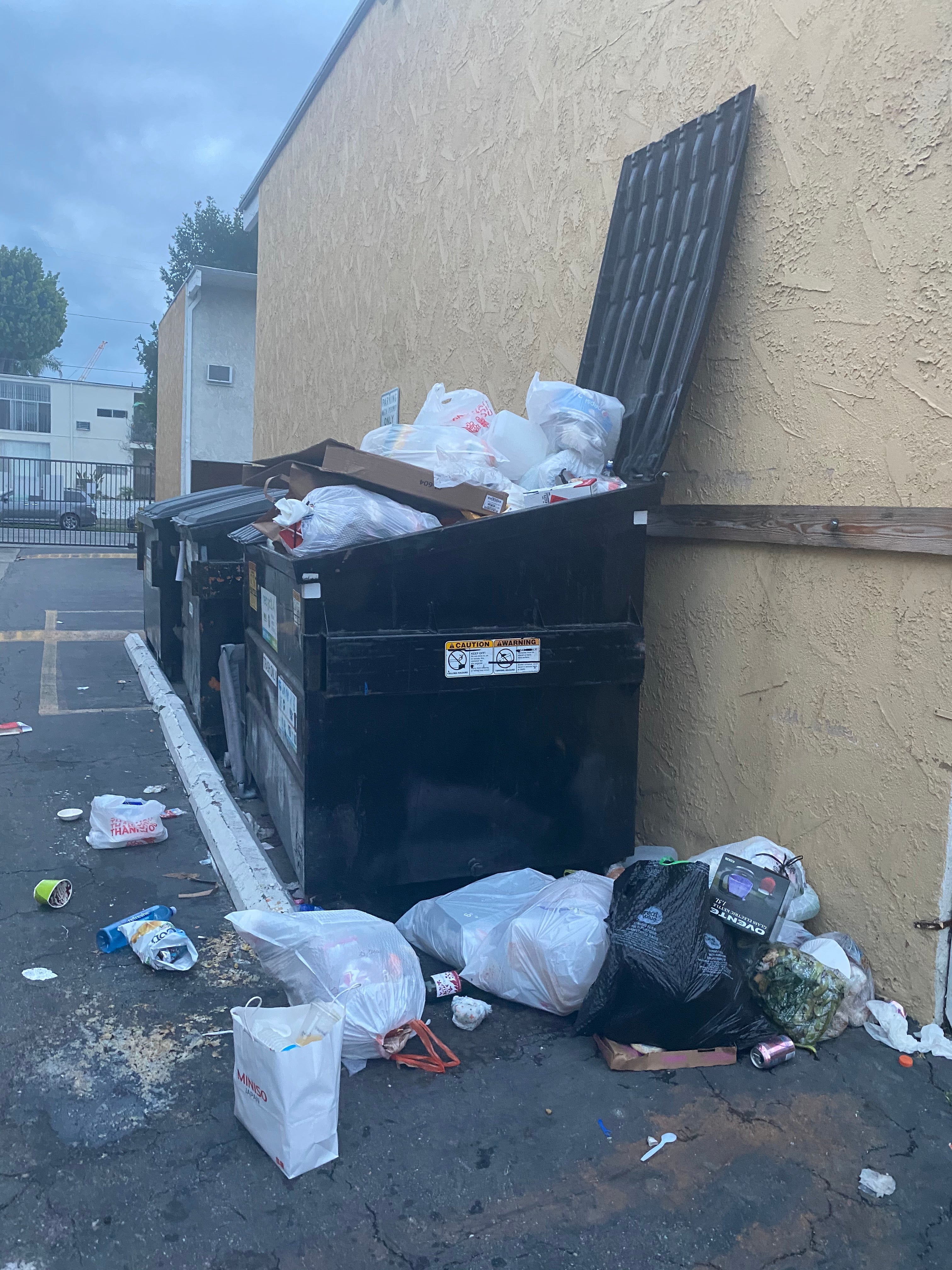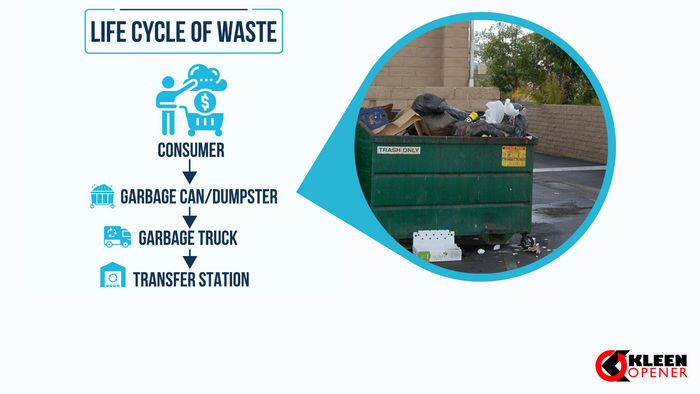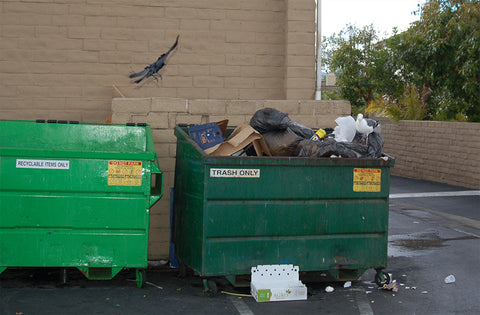Hygiene Resources for Stay At Home | COVID-19 Resources

Hello Kleen Opener Community!
We really hope that everyone is doing well during this time. So much is changing everyday and we want you to know that the Kleen Opener team is here for you.
We are compiling some resources that you can access if you are social distancing or following your local "Stay at Home" measures. This list may update over time, so bookmark this page and come back for more!
We hope everyone can stay safe during this time.
Support Local
USA Today is organizing a directory of local businesses that need your support during this time of closures. Consider buying a gift card to one of these local businesses.
We are all in this together!
Action Alert: Clean Start Back to Work Tax Credit
Act now to help ensure businesses are properly cleaned and disinfected to help prevent further spread of the novel coronavirus.
The Clean Start: Back to Work Tax Credit would incentivize businesses to properly clean and disinfect their facilities when "stay-at-home" restrictions are lifted, as well as help prevent further infections.
Hygiene Resources for COVID-19
- How to Wash Your Hands: This may seem like something obvious but it is very important to follow the CDC's guidelines for proper hand washing. You would be surprised how your typical hand wash is not enough!
- More Hand Washing Tips and Best Practices
- Social Distancing Best Practices: Make sure to consult your local authorities and government for the most up to date best practices.
- How to Clean Home if Someone is Sick: If you or someone in your household is sick then there are many things you can do to suppress the spread of the virus. These cleaning measures can also be used to prevent spread before someone is sick as well.
- EPA Approved Disinfectants for Use Against COVID-19: "When purchasing a product, check if its EPA registration number is included on this list. If it is, you have a match and the product can be used against SARS-CoV-2. You can find this number on the product label – just look for the EPA Reg. No. These products may be marketed and sold under different brand names, but if they have the same EPA registration number, they are the same product."
- World Health Organization Recommended Hand Sanitizer Formula: Gather supplies to make your own hand rub sanitizer at home.
- Holistic Immune Support Webinar: Join Danielle with Four Sigmatic for a live webinar on how you can support your immune system by managing your stress response.
Resources for Kids Staying at Home
- Mathschase: Maths Chase is a completely free home online learning tool where children can play times tables games, along with many other mathematics skill-based games! The site features many simple learning games which children can play at home.
- Science with Mark Rober: Join former NASA engineer Mark Rober on YouTube Monday/Wednesday/Friday at 1pm for live science lessons. Live lessons will be posted on his channel afterwards to view at any time!
- Scholastic Learn at Home: Day by day projects to keep your kids engaged and learning. Projects based on grade level.
- Mrs. Brown's Art Lessons: Hundreds of art lessons to keep your kids creativity engaged!
- Check in with your local public library. They might have online books and resources available for you to access while at home.
Mental Health Resources While Staying at Home
- Calm: Free at home guided meditations, music, and sounds brought to you by the Calm App.
- 5 Tips To Protect Your Mental Health During Coronavirus Outbreak: UC San Diego Health Video
- Therapy Connection: Reduced cost online therapy sessions
- Journal Your Feelings: Started March 22 - April 20 Join Amber Rae in a daily writing prompt to help you navigate your feelings during this time.
- Online AA/NA Meetings: Online, Zoom, or Phone meetings for AA, NA, and Al-Anon
Physical Health Resources While Staying at Home
- Orangetheory Fitness At Home: Daily ~30 minute at home workouts via YouTube video. No special equipment required.
- Core Power Yoga On Demand: Free access to an online library of yoga and meditation classes
- Les Mills On Demand Classes: "There is something for everyone from high intensity interval training designed to improve strength and fitness fast, dance fitness workouts, the martial arts inspired BODYCOMBAT Invincible program through to mindfulness practices to slow the stream of thoughts that can cause our stress."
- Gold's Gym On Demand: A variety of workouts designed exclusively for keeping your routine when you don't have access to a gym and need to stay active!
Small Business Resources For COVID-19
- The Small Business Owner's Guide to the CARES Act: The programs and initiatives in the Coronavirus Aid, Relief, and Economic Security (CARES) Act that was just passed by Congress are intended to assist business owners with whatever needs they have right now. When implemented, there will be many new resources available for small businesses, as well as certain nonprofits and other employers.
- Disaster Loan Assistance: Federal Disaster Loans for Businesses, Private Nonprofits, Homeowners, and Renters
- What you need to know about the Families First Coronavirus Response Act: If you have fewer than 500 employees, you'll have access to three new provisions to help your business and your employees during this time. The law goes into effect on April 1, 2020 and expires on December 31, 2020. If you have fewer than 50 employees, you may be able to get a waiver exempting your business from these new requirements.
- Coronavirus Relief and Assistance Programs
- Managing Workplace Safety During Pandemic: Learn about how to stay compliant with health and safety codes and provide the best environment for your employees. Some tips and best practices.
Los Angeles
- Schedule a COVID-19 Test: Eligible if 65 or older, have underlying chronic health condition, were under mandatory 14 day quarantine for confirmed COVID-19 exposure.
- City of Los Angeles Emergency Medical Corps: "The City of Los Angeles has a need for medical professionals to support a surge in medical cases across Los Angeles due to the COVID-19 pandemic. If you are a medical professional and would like to offer support (pro bono or paid) in response to COVID-19, please complete the form. If you are selected for consideration, verification of your training may be required."
- Los Angeles City Small Business Emergency Microloan Program: The newly established Small Business Emergency Microloan Program now provides financing needed to strengthen small business enterprises in this time of acute need that have been affected by the COVID-19 outbreak.
If you have come across any helpful resources, feel free to comment below. We will check them out and possibly add them to our list!








